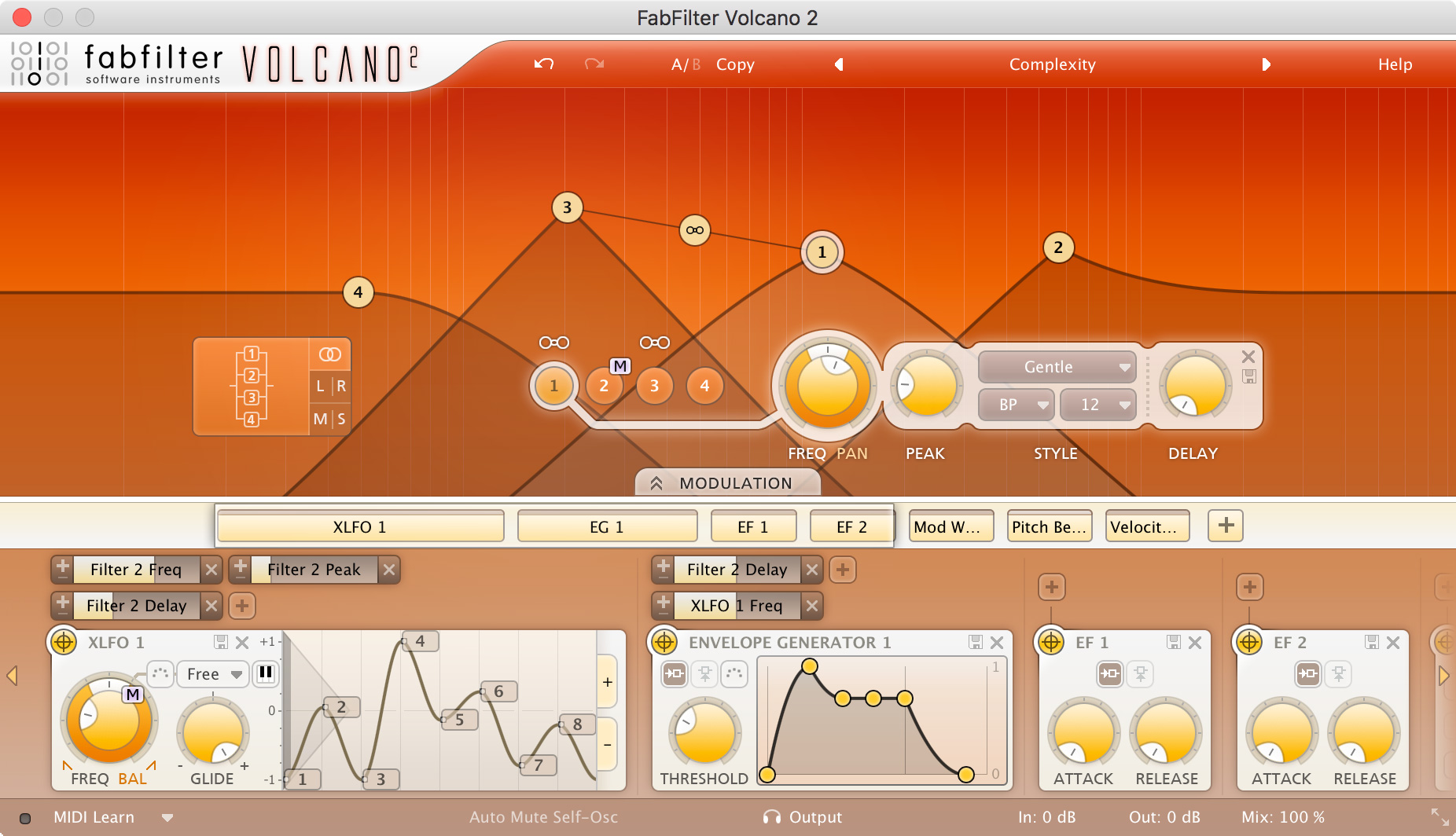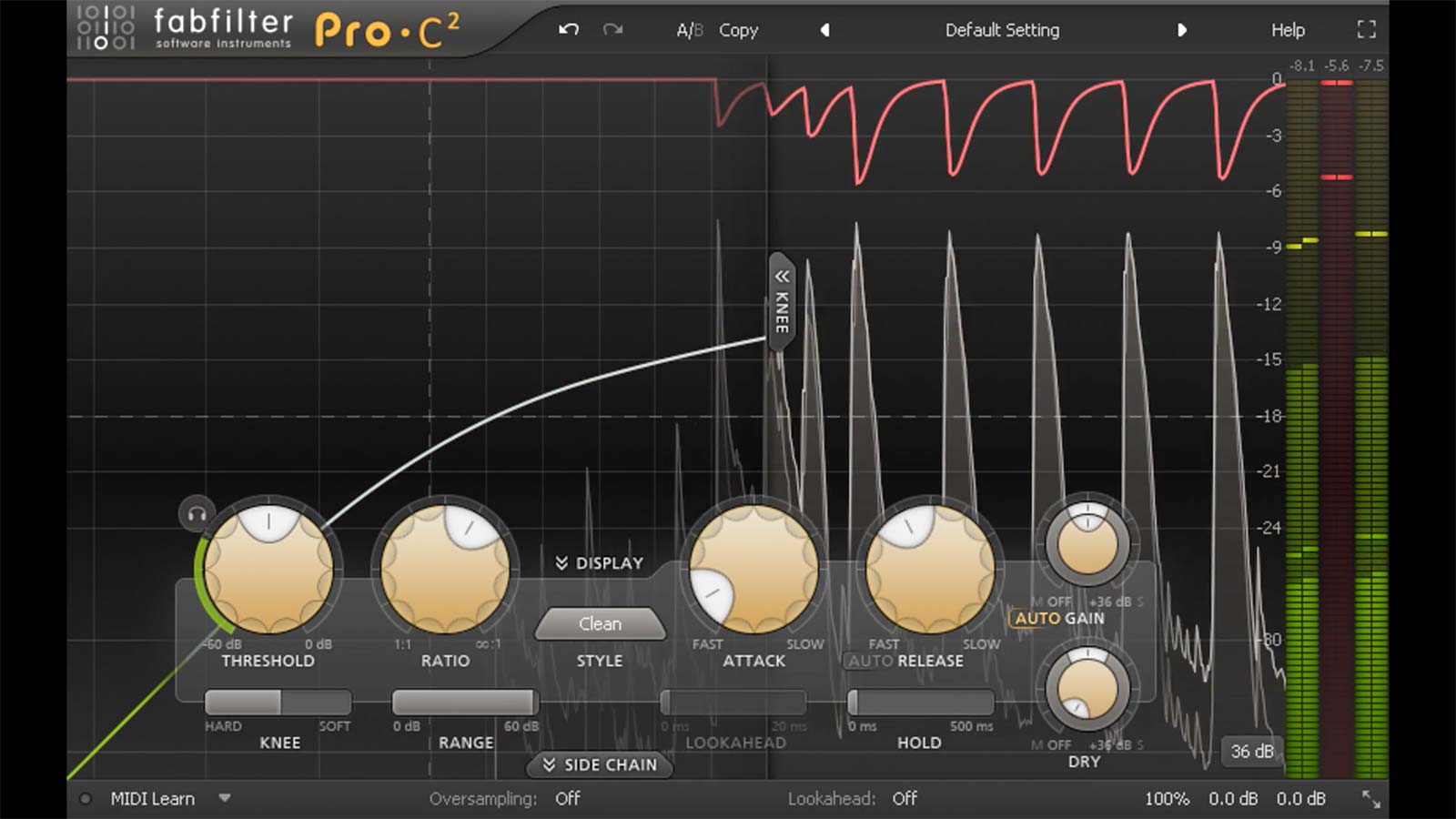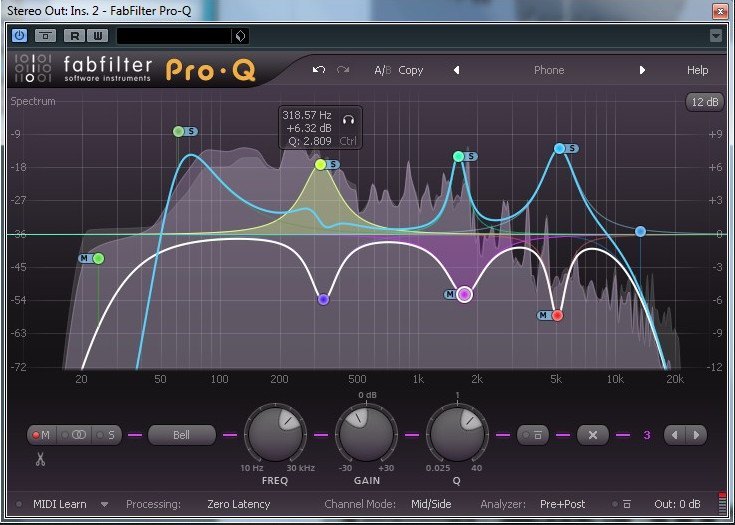

In fact, Volcano 3 does a lot more than most people would expect from a filter, with the precision of a mastering EQ and the sound-mangling potential of a modular synthesizer. We also sometimes distinguish EQs and filters based on whether they boost as well as cut, and how much colour they impart to the source material. Volcano 3 now has a few features that we generally only associate with equalizers.Ĭlearly, the newly EQ-type filter shapes edge Volcano into EQ territory.

At its heart, an equalizer is really a collection of filters, and the distinction between the two has as much to do with how we use them as how they are designed. And of course which style you choose will also depend on your source material, and your intentions toward it.Īs the interface might suggest, there’s a lot of crossover between the Filter and EQ categories. The impact of the styles is dependent on a variety of factors, drive, peak and slope among them. Volcano 3 offers you 11 filter styles in total, from Clean and Classic to Raw, Metal and Tube. If you want to hear something different, you’ll have to switch to another filter. By contrast, Volcano 3 gives you four slope options, from the new 6 db up to a steep 48 db, and as of this release adds “EQ-type” filter shapes – bell, low and high shelf, notch and all-pass – to the feature list.Īs for character, that elusive quality that a filter imparts on a signal, a hardware unit, with its fixed circuitry, usually offers one. My most generously appointed modular filter offers me a choice of 12 or 24 db/octave slopes, in low pass, band pass, and high pass. I look around my studio and see four slope options on one mono synth, but no band or high pass option. In the analogue world, you’re lucky if you get a few filter slopes and curves to choose from. An optional keyboard display allows you to snap filter frequencies to scale tones, if that’s your jam.

Double-clicking in particular zones will pre-select a filter type for you, but a pop-up info window lets you make adjustments to filter shape and style, and enter precise values for frequency and peak. Simply double-click to create a filter peak, then drag it into position. The open, uncluttered display gives you a simultaneous view of up to four individual filter frequency peaks, a single curve representing their combined effect on the incoming signal, and a live spectral analysis display, in a lava-appropriate palette of fiery orange and red.Īdding a filter instance is easy. The Volcano 3 interface will look familiar to users of FabFilter’s other products – particularly their Pro-Q 3 EQ plugin. As a newcomer to Volcano, I’ll be taking a run at it from the ground up, with a particular interest in how it compares to the hardware filters I love – and what it can do for a mix in the digital realm. Volcano 3 offers a number of new features compared to its predecessor, including a newly redesigned interface, the introduction of four new EQ-style filter shapes, and the addition of a 6 db filter option. So I was quite intrigued when I was given the opportunity to check out FabFilter’s Volcano 3 – the latest incarnation of their popular filter plugin.

Filters have vast sound-shaping and altering potential, and can truly define the character of an instrument or track. There’s a saying among modular synth enthusiasts: “You can never have enough VCAs.” And while the amplifier (the A in VCA) is an essential module, I’ve never managed to get as excited about amplifiers as I do about filters.


 0 kommentar(er)
0 kommentar(er)
